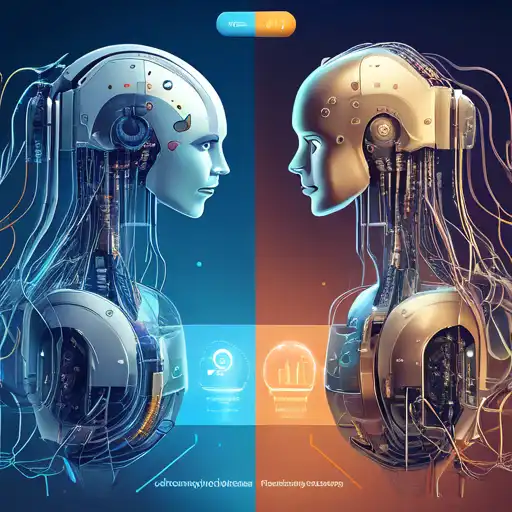Introduction to Machine Learning and Deep Learning
In the realm of artificial intelligence (AI), machine learning and deep learning are two of the most pivotal technologies driving innovation. While they are often used interchangeably, they possess distinct characteristics, methodologies, and applications. This article delves into the key differences between machine learning and deep learning, providing clarity for enthusiasts and professionals alike.
What is Machine Learning?
Machine learning is a subset of AI that enables systems to learn and improve from experience without being explicitly programmed. It focuses on the development of algorithms that can process data, learn from it, and make informed decisions based on that learning.
Key Features of Machine Learning
- Requires structured data for training
- Relies on human intervention for feature extraction
- Works well with smaller datasets
- Less computationally intensive
What is Deep Learning?
Deep learning, a more advanced subset of machine learning, mimics the workings of the human brain in processing data for decision making. It uses neural networks with several layers (hence 'deep') to learn from large amounts of data.
Key Features of Deep Learning
- Can process unstructured data like images and text
- Automatically extracts features without human intervention
- Requires large datasets for effective learning
- Highly computationally intensive
Comparing Machine Learning and Deep Learning
While both technologies aim to teach machines to learn from data, their approaches and capabilities differ significantly. Machine learning is more about algorithms that parse data, learn from that data, and then apply what they've learned to make informed decisions. Deep learning, on the other hand, structures algorithms in layers to create an 'artificial neural network' that can learn and make intelligent decisions on its own.
When to Use Machine Learning vs. Deep Learning
Choosing between machine learning and deep learning depends on the problem at hand, the amount of data available, and the computational resources at your disposal. Machine learning is preferable for problems with limited data and when you need quick, interpretable results. Deep learning excels in handling complex problems with large datasets, such as image and speech recognition.
Conclusion
Understanding the differences between machine learning and deep learning is crucial for leveraging the right technology for your AI projects. While machine learning offers simplicity and efficiency for straightforward tasks, deep learning provides the power and flexibility needed for tackling more complex challenges. As the field of AI continues to evolve, the distinction between these two technologies will become increasingly important for developers, researchers, and businesses alike.
